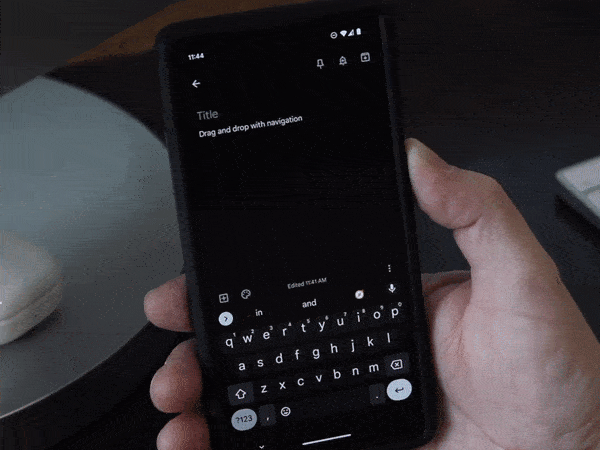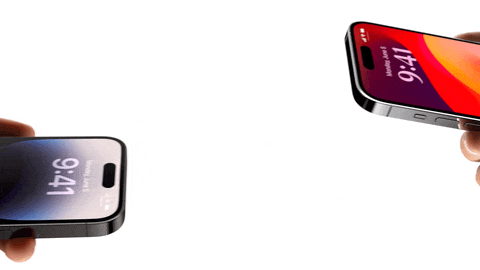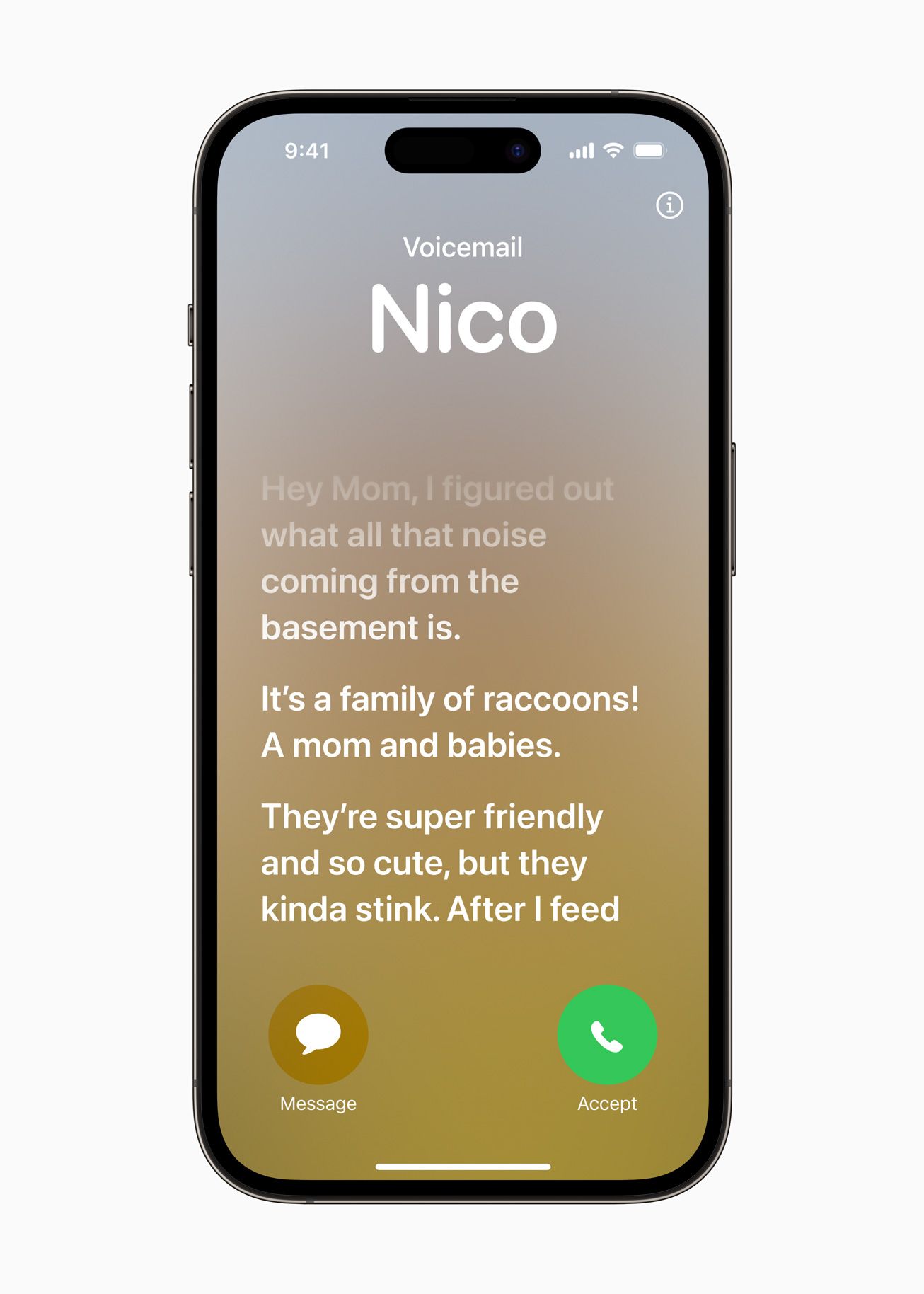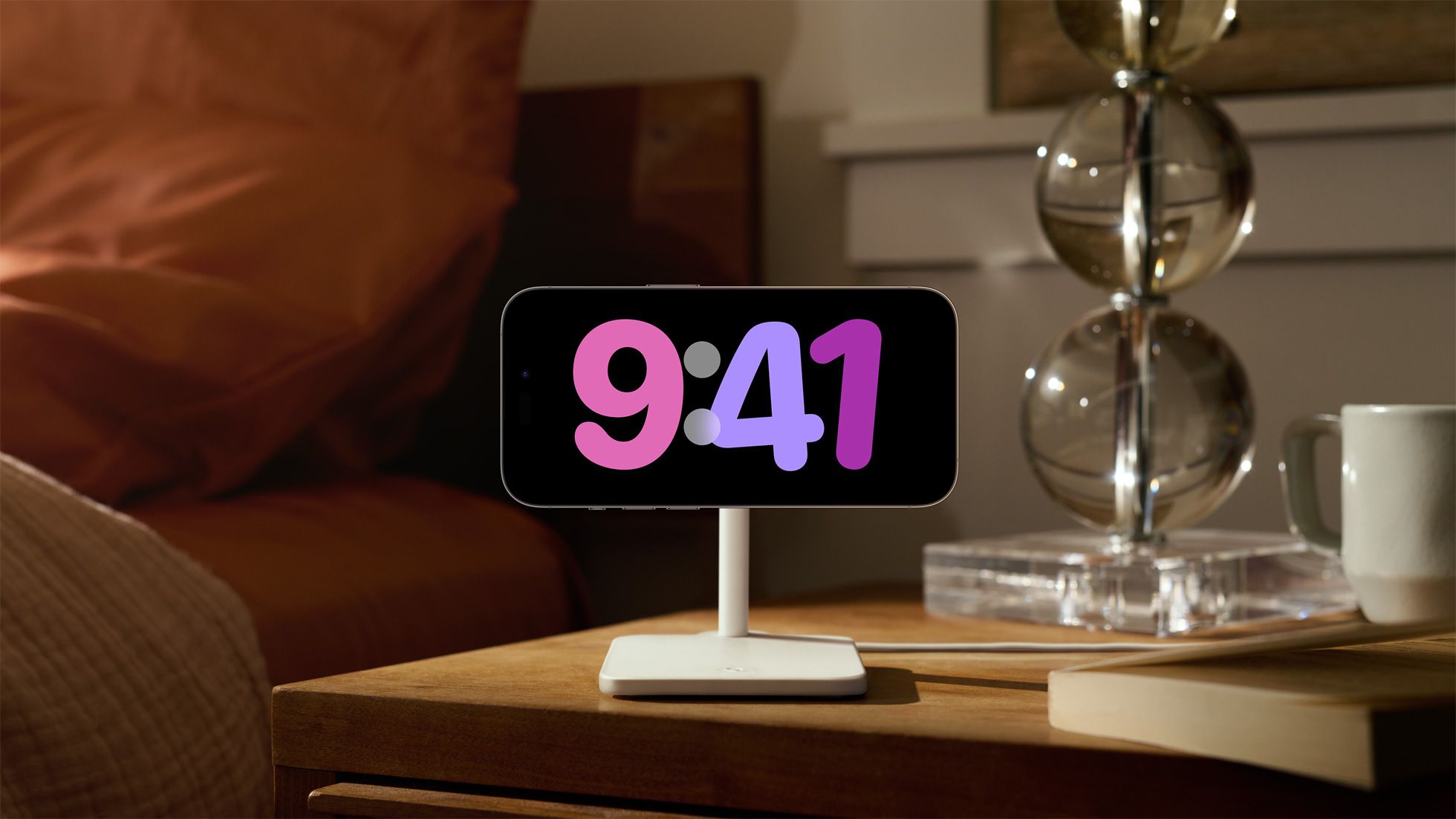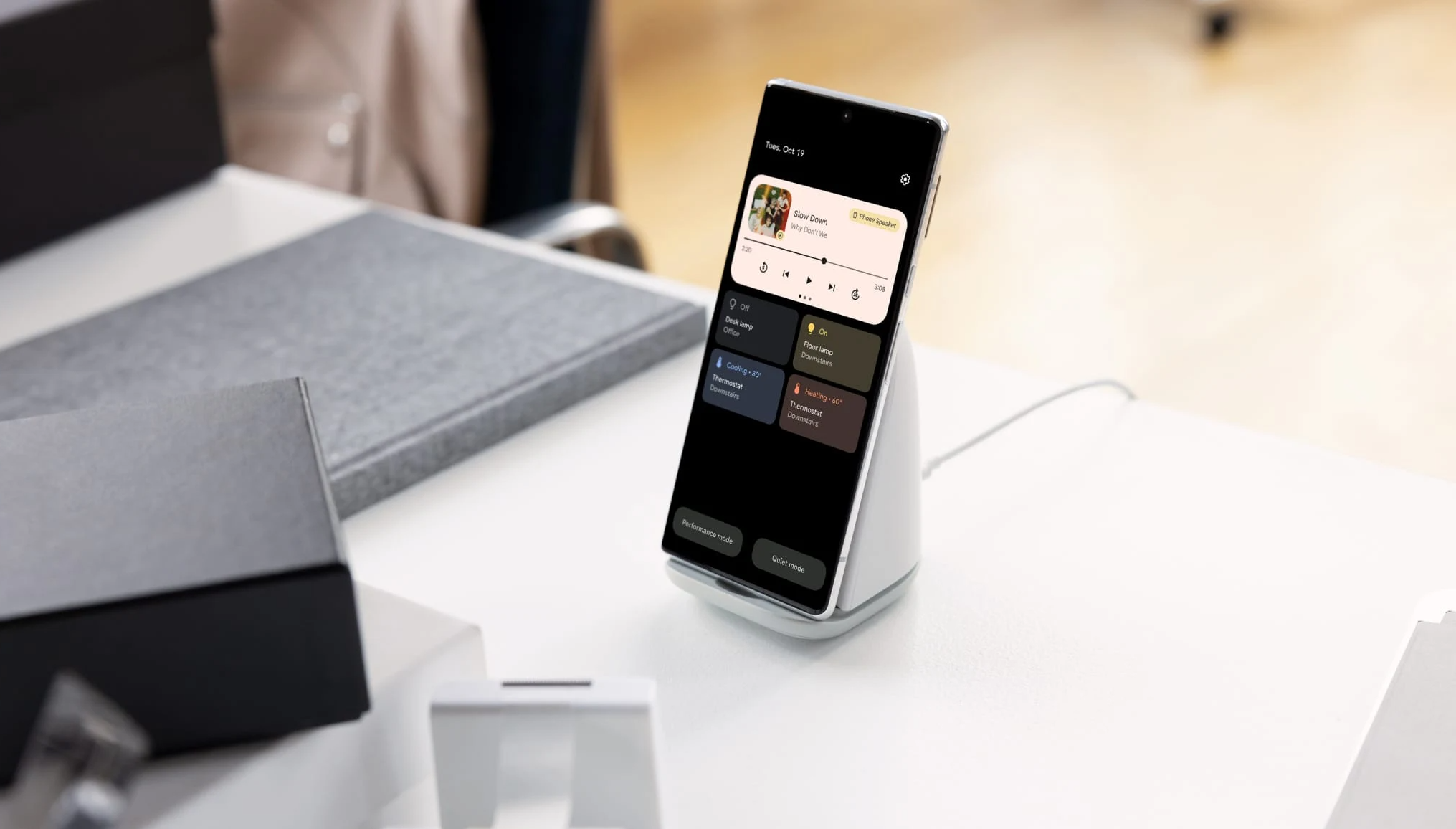Google’s current Android 14 beta program isn’t the only upcoming mobile OS in testing. Apple rolled out its iOS 17 developer preview shortly after Android 14 saw the light of day, with the company rolling it out in June during its annual WWDC event. While Vision Pro was probably the main announcement that day, the iOS 17 update is nothing to sneeze at.
It’s hard to compare iOS and Android side by side, but some themes can be seen on both operating systems. While Apple isn’t on the AI hype train that Google and many others are currently riding, it is adding some machine learning-backed keyboard enhancements to iOS 17. And a year after Apple introduced its customizable lock screens , Google noted that wallpapers and lock screens are prime real estate.
We are comparing Android 14 as it runs on a Google Pixel phone. The Android 14 beta program is also open for other phones. The new OS version is coming to all top Android phones in the future. However, some features are unique to Google Pixel phones and the interface may vary by manufacturer. That’s why it’s easier to look at how Google envisions Android and compare it to what Apple offers.
Lock screen and wallpaper improvements
Apple introduced a big change to lock screens in 2022 with iOS 16. This year, Google is doing its best to keep up with Android 14. During the Google I/O developer conference, the company announced that will add some custom clocks to the lock screen on Pixel phones, allowing you to replace the boring monochromatic double line clock with fun alternatives. The company has also introduced emoji wallpapers and cinematic wallpapers, with the latter adding an intriguing 3D effect to existing photos in your library. It’s the perfect counterpart to Apple’s solution, with background subjects superimposed on the clock.
Meanwhile, Apple is fixing outstanding issues with iOS 17, such as the option to “crop” images on the lock screen, as noted by @AppleSnob on Twitter. Smart Color Fill makes the image look like it should be cropped like this. It’s a small but necessary addition, especially since photos aren’t usually taken with the iPhone’s screen aspect ratio in mind.
The only thing Google hasn’t added, or more accurately, re-added, is support for lock screen widgets. Android had the ability to do this for years, but it disappeared from Google phones a long time ago. At least you can disable the default home controls and wallet shortcuts with a small selection of other actions that may be more useful to you. Apple offers more customization options with its support for widgets.
Better autocorrect and great typing experience
Apple’s AutoCorrect was so bad it became a meme, but that’s finally changing with iOS 17. The company announced that it has overhauled its AutoCorrect engine. Based on our tests, it’s much better and nearly on par with the Gboard typing experience on a Pixel phone. Suggestions and corrections are almost always on point now. Also, it’s easier to correct an incorrectly corrected word automatically. It is underlined and allows you to bring it back to what you originally wrote.
The remade keyboard is friendlier to profanity, with Apple executive Craig Federighi saying on stage at WWDC, “And in those moments when you just want to type a dodge word, well, the keyboard will learn that too.”
Meanwhile, Google’s Gboard isn’t paired with a specific version of Android and is already in a better state than the iOS keyboard. It offers a flexible interface with an intuitive way to access international and multilingual keyboards, supports Tensor-based voice typing, and features the unrivaled Emoji Kitchen, which lets you create beautiful but also creepy emoji mashups.
Animated and drag-and-drop stickers
Apple introduced ad-hoc sticker creation in iOS 16, allowing you to drag and drop subjects and objects from images and use them in messaging apps or wherever you like. The company is expanding this with animated stickers in iOS 17, making it possible to create your own mobile stickers.
Meanwhile, Google is only now adding an option that lets you drag and drop content between apps while using multitasking gestures with the other hand. That means you can keep an image, go back to your home screen, select another app, and drop it there. iOS has been supporting it for a while, so it’s good to see Google catching up.
Contact Android Beam posters and memorabilia
A long time ago, Google supported the quick exchange of information by bumping two phones against each other, establishing a handshake via NFC. It allowed you to quickly share your contact information, the website you’re currently visiting, and almost anything else. The feature never gained widespread adoption, and Google quietly phased it out with Android 10 in 2019 after introducing it with Android 4.0 Ice Cream Sandwich in 2011.
Fast forward to 2023 and Apple has introduced a revolutionary new way to quickly share contact information among iPhone users via a feature called NameDrop. This allows Apple users to trade in their fancy new Contact Posters, which are digital business cards that also appear on your contacts’ lock screens when you call them. It looks very similar to Android Beam. However, the technology is based on UWB, which has a wider range than NFC, forcing you to line up the backs of two phones perfectly. Apple’s new sharing method also supports additional features like starting a music or video session together or sharing content, just like Android Beam.
Android 14 only supports nearby Google AirDrop alternative. It no longer works by tapping the phones together. Instead, you’ll search for nearby contacts, just like you do with regular AirDrop.
Live voicemail and call screen
Google phones have long been the phones to get when you want an effective way to fight spam calls. With its Google Assistant-powered Call Screen, you can send callers automatic questions and answers before they reach you, having them explain the reason for their request to the Assistant. A transcript helps you decide whether to answer the call.
Apple’s new solution to this problem isn’t as powerful as Google’s, but it will make life easier for many iPhone users. Its new Live Voicemail will show you a real-time transcript of what someone is saying that you send to your voicemail, letting you decide whether to answer their call. Unlike Google’s local solution, the feature depends on your carrier, so it may take some time for it to catch on and be widely available to everyone.
This differs from existing Google Voice and iOS transcripts for voicemails, as they’re only available after a call to voicemail ends.
StandBy iPhone and Google Pixel Stand
Google has long understood that ambient computing matters, bringing features like always-on displays and always-on music recognition to Pixels a long time ago. iPhones have followed suit in the always-on display department, and now Apple is coming in for the Google Pixel Stand experience.
Google’s Pixel Stand is the company’s first-party wireless charger and offers a simplified standby mode that gives you quick access to the Google Assistant, smart home controls, calendar events, reminders and calls via the ambient display option. This way you can even turn your Pixel into a photo frame.
Apple’s new iPhone in StandBy mode is essentially exactly that, although it’s compatible with any charger and only wakes up when you place the iPhone horizontally. You can then scroll through different experiences in full screen, from clocks to calendars and image galleries.
We’re sure Google’s first-mover advantage is dwindling fast here, as third-party manufacturers will likely jump in quickly and offer custom hardware for this new iPhone mode, even if Google’s mode is more usable.
Source: Google
Baby steps for Siri, none for Google Assistant
Google rarely mentioned its Google Assistant on stage at the Google I/O developer conference in May, with the helper sidelined by the Google Bard for the most part. However, Apple doesn’t seem to be done with Siri. The company is updating its assistant to react to “Siri,” allowing you to omit the “Hey” you said earlier. It’s not a big change, but it makes interacting with Apple’s assistant easier, probably much to the chagrin of anyone named Siri.
Install Android 14 Beta and iOS 17 Beta at your own risk
There are more changes in Android 14 and iOS 17, though these are our highlights. New software is exciting, but keep in mind that Android 14 Beta and iOS 17 Beta aren’t always stable. You will experience bugs if you use them. Google’s pre-release offering is particularly buggy this year, with more issues cropping up than usual at this stage of the beta program.
If you’re okay with those risks (and if you have a spare phone you can switch to), learn how to install Android 14 Beta. For Apple’s beta, check out XDA’s excellent guide on how to install iOS 17.
#iOS #Android #Biggest #Features #Compared
Image Source : www.androidpolice.com
